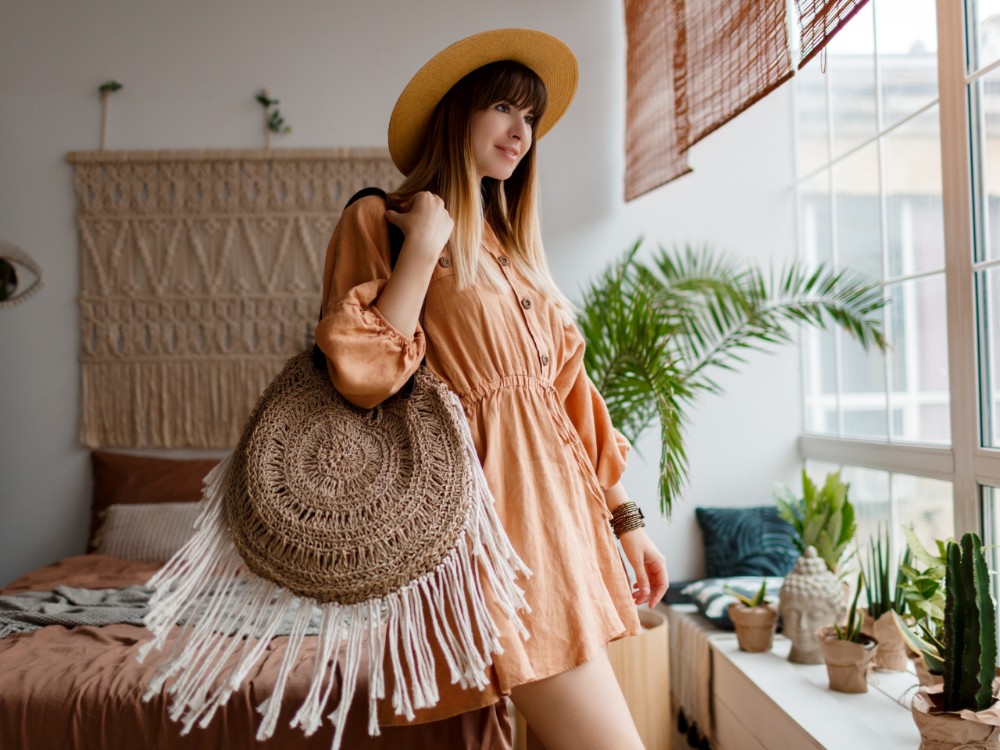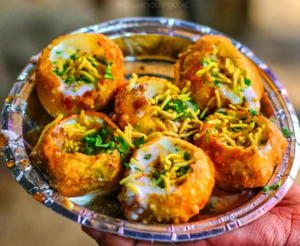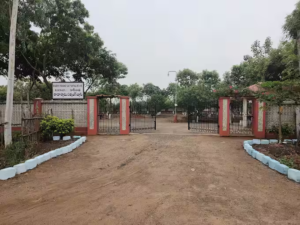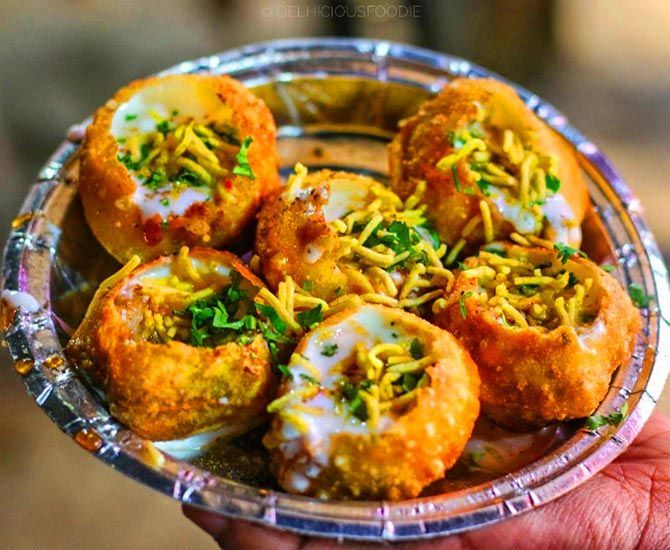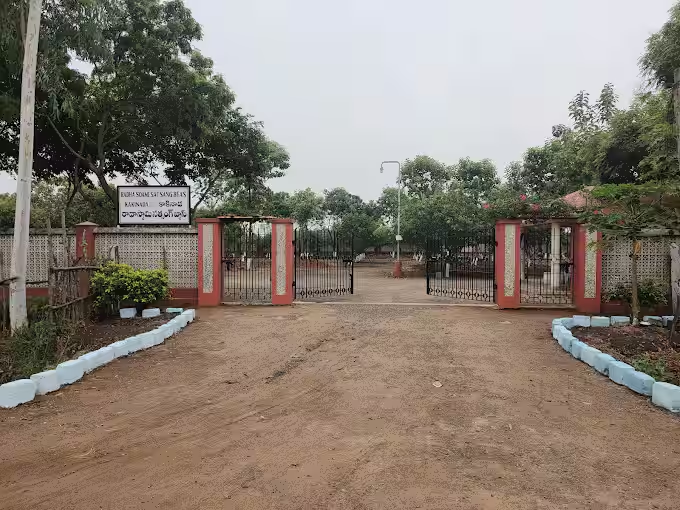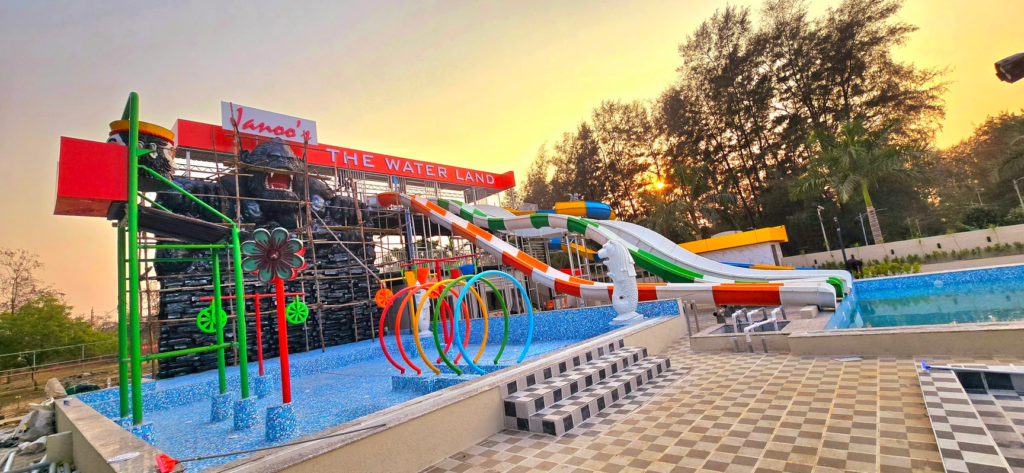Meta Description:
Explore the rich cultural traditions of the Nicobarese tribe in the Nicobar Islands. Discover their rituals, festivals, attire, lifestyle, and beliefs through the lens of an island travel experience.
Table of Contents
- Introduction
- Who Are the Nicobarese?
- Language and Social Structure
- Traditional Attire and Ornaments
- Housing and Settlement Patterns
- Festivals and Celebrations
- Beliefs and Spiritual Practices
- Art, Music, and Dance
- Nicobarese Cuisine and Daily Life
- Preserving Culture in a Changing World
- Conclusion
1. Introduction
Tucked away in the remote corners of the Indian Ocean, the Nicobar Islands hold a world rarely seen by the outside traveler. Among these tropical treasures, the Nicobarese tribe stands as a unique cultural beacon, preserving ancient customs and community values that have evolved independently of mainland India. On a recent journey through this beautiful archipelago, I had the rare opportunity to witness and engage with the cultural traditions of the Nicobarese people — a deeply enriching experience worth sharing.
2. Who Are the Nicobarese?
The Nicobarese are the indigenous inhabitants of the Nicobar Islands, part of the Andaman and Nicobar Union Territory of India. Primarily residing in the central and southern Nicobar Islands, they are a Mongoloid group with strong Austroasiatic cultural and linguistic influences. Recognized as a Scheduled Tribe, their lives revolve around communal harmony, respect for nature, and deeply rooted ancestral traditions.
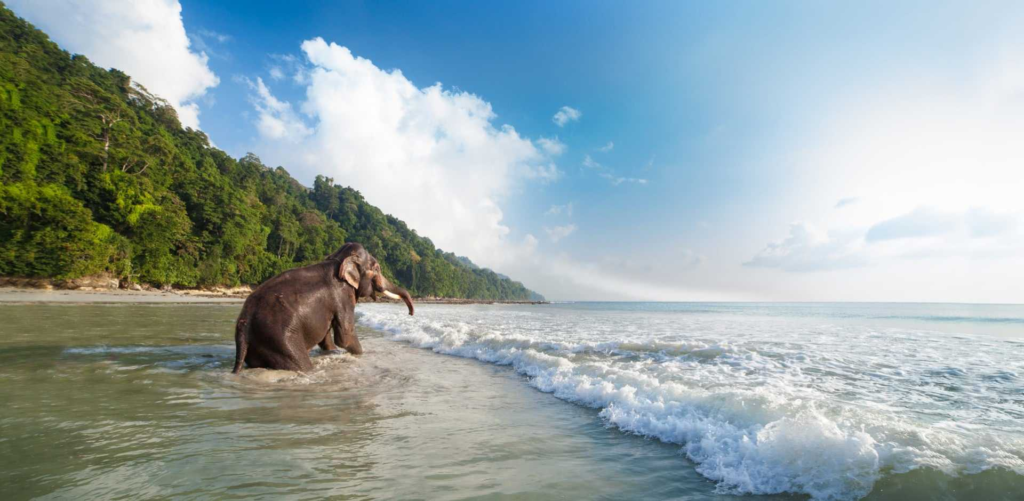
https://images.app.goo.gl/jctMY7PfS4RgAQW99
3. Language and Social Structure
The Nicobarese language belongs to the Mon-Khmer group of the Austroasiatic family and is spoken in various dialects across islands like Car Nicobar, Chowra, and Nancowry. English and Hindi are taught in schools, but the mother tongue continues to be the heart of cultural expression.
Socially, the Nicobarese practice a unique form of matrilineal inheritance and village councils, locally known as Tuhet, play a central role in decision-making. Respect for elders and collective living are cornerstones of their community ethos.
4. Traditional Attire and Ornaments
While Western-style clothing has become more common, traditional Nicobarese attire is still worn during festivals and ceremonies. Men typically wear loincloths while women don wrap-around skirts (sarongs) made from handwoven fabrics. Jewelry is minimal but symbolic, often crafted from shells, beads, or coconut shells.
5. Housing and Settlement Patterns
Traditional Nicobarese houses are raised on stilts with thatched roofs, built using bamboo, palm leaves, and coconut wood. These elevated homes help protect from flooding and pests and allow ventilation during the humid seasons. Settlements are generally close-knit and arranged in a circular pattern around communal spaces or religious shrines.
6. Festivals and Celebrations
The most significant festival in the Nicobarese calendar is Ossuary Feast or Panuohonot, a ceremonial feast that honors the spirits of the dead. This intricate ritual can last several days and involves offerings, dancing, and the construction of symbolic monuments called “Chaukhat.”
Other smaller community feasts and communal dances mark events like marriage, harvest, or village milestones. The community’s spiritual connection with ancestors is deeply interwoven into every celebration.

https://images.app.goo.gl/MoveB6zW7ssT94eTA
7. Beliefs and Spiritual Practices
Before the introduction of Christianity by missionaries, the Nicobarese practiced animism, believing in spirits that inhabit natural elements like trees, rocks, and rivers. While many have now embraced Christianity (mostly Anglican and Catholic), traditional beliefs still persist, especially in the form of spirit worship and ancestral reverence.
Shamans or spirit mediums, known locally as Kaul, play an important role in healing and mediating between the living and the spiritual world.
8. Art, Music, and Dance
Nicobarese art is mainly expressed through functional crafts — canoes, mats, and baskets made from local materials like pandanus leaves and cane. Their music is rhythmic, often driven by clapping and foot-tapping rather than instruments. Dances are performed in groups, usually in circles, and represent everything from stories of the sea to tales of migration.
9. Nicobarese Cuisine and Daily Life
A visit to a Nicobarese household means being treated to simple but delicious fare. Their cuisine is primarily seafood-based — think grilled fish, smoked octopus, and coconut-flavored stews. Tubers like yam, taro, and cassava, along with fresh fruits like banana and breadfruit, are daily staples.
Coconuts are central to both diet and livelihood, used for oil, milk, and even as trade currency in traditional bartering systems.
10. Preserving Culture in a Changing World
Despite modernization, mobile phones, and educational outreach, the Nicobarese remain deeply rooted in tradition. However, development pressures, natural disasters like the 2004 tsunami, and restricted outsider access pose challenges to cultural preservation.
Efforts by local leaders, tribal councils, and ethnographers are helping document and protect their way of life. Tourism is limited and regulated — a necessary step to balance exposure and preservation.
11. Conclusion
The cultural traditions of the Nicobarese tribe are a living testament to human diversity and resilience. As a traveler, stepping into their world is both humbling and inspiring. Their harmonious relationship with nature, respect for ancestry, and strong community bonds offer a fresh perspective on what it means to live meaningfully.
While access to Nicobar Islands is limited (and often requires special permission), even learning about or supporting the tribe from afar is a way to keep their unique heritage alive.
